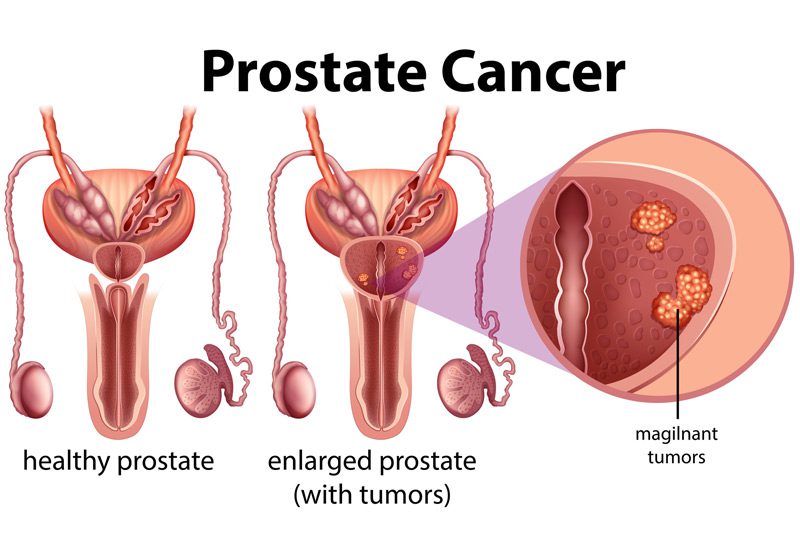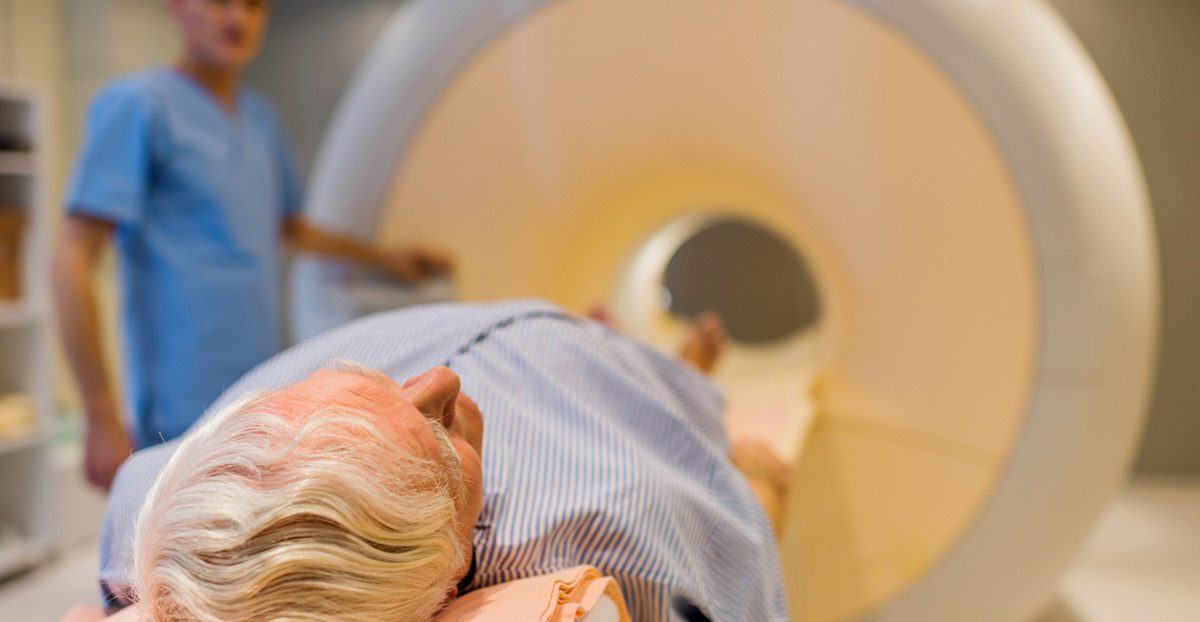

Prostate cancer develops when abnormal cells grow uncontrollably in the prostate, a small gland located below the bladder in men. It is one of the most common cancers among men but often grows slowly and may not cause immediate symptoms. Early detection is crucial, as localized prostate cancer has high survival rates, while advanced stages require more aggressive treatment.
Symptoms of Prostate Cancer
Many men with early-stage prostate cancer have no noticeable symptoms. As the disease progresses, symptoms may include:
- Frequent urination, especially at night
- Weak or interrupted urine stream
- Difficulty starting or stopping urination
- Pain or burning during urination or ejaculation
- Blood in urine or semen
- Pain in the lower back, hips, or pelvis (may indicate spread)
These symptoms can overlap with non-cancerous conditions like benign prostatic hyperplasia (BPH), so diagnostic testing is essential.

Causes and Risk Factors
While the exact cause of prostate cancer is unknown, several risk factors increase the likelihood of developing the disease:
- Age: Risk increases significantly after age 50
- Family History: Having a father or brother with prostate cancer doubles the risk
- Race: African American men have a higher risk and more aggressive disease
- Genetic Mutations: BRCA1/BRCA2 gene mutations and Lynch syndrome
- Diet: High-fat diets and low intake of fruits and vegetables may play a role
- Obesity and Sedentary Lifestyle: May be associated with more aggressive cancers
Diagnosis
Diagnosis typically involves a combination of screening and diagnostic tools:
- Prostate-Specific Antigen (PSA) Blood Test: Measures PSA levels, which may be elevated in prostate cancer
- Digital Rectal Exam (DRE): Detects abnormalities in prostate shape or size
- Imaging Tests: MRI or transrectal ultrasound for further evaluation
- Biopsy: A core needle biopsy confirms the presence and grade (Gleason score) of cancer
Treatment Options
Treatment decisions are based on the cancer’s stage, Gleason score, PSA level, patient age, and overall health.
- Active Surveillance: Suitable for low-risk, slow-growing cancers; involves regular monitoring
- Surgery (Radical Prostatectomy): Removal of the prostate gland, often with robotic assistance
- Radiation Therapy: External beam radiation or brachytherapy to target cancer cells
- Hormone Therapy (Androgen Deprivation Therapy): Reduces testosterone to slow cancer growth
- Chemotherapy: Used in advanced or hormone-resistant prostate cancer
- Immunotherapy and Targeted Therapy: Emerging options for select advanced cases
Next Steps
If you’ve been diagnosed with prostate cancer or have elevated PSA levels, schedule a consultation with a urologic cancer specialist. Early-stage prostate cancer often responds well to treatment, and personalized care plans can help preserve urinary and sexual function while managing the disease effectively. Regular screening and follow-up are critical for long-term health and peace of mind.
